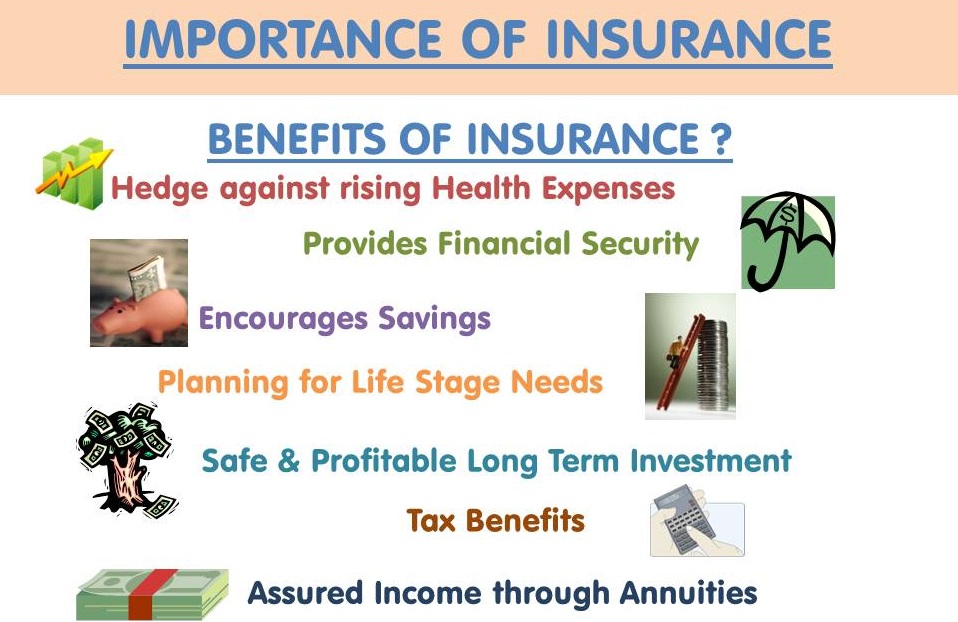Pacific Prime Can Be Fun For Anyone
Pacific Prime Can Be Fun For Anyone
Blog Article
9 Easy Facts About Pacific Prime Explained
Table of ContentsThe Buzz on Pacific PrimeEverything about Pacific PrimeSome Ideas on Pacific Prime You Need To KnowSee This Report about Pacific PrimeOur Pacific Prime Statements

This is because the information were accumulated for a duration of strong economic performance. Of the estimated 42 million individuals that were uninsured, just about concerning 420,000 (concerning 1 percent) were under 65 years of age, the age at which most Americans end up being qualified for Medicare; 32 million were grownups in between ages 18 and 65, about 19 percent of all adults in this age; and 10 million were youngsters under 18 years of age, about 13.9 percent of all youngsters (Mills, 2000).
These estimates of the number of persons without insurance are created from the yearly March Supplement to the Current Population Survey (CPS), carried out by the Demographics Bureau. Unless or else noted, nationwide estimates of individuals without medical insurance and percentages of the populace with various kinds of protection are based upon the CPS, the most commonly utilized resource of price quotes of insurance protection and uninsurance rates.
Our Pacific Prime PDFs

Still, the CPS is especially valuable due to the fact that it generates yearly price quotes fairly swiftly, reporting the previous year's insurance protection approximates each September, and due to the fact that it is the basis for a constant collection of quotes for greater than 20 years, allowing for analysis of fads in insurance coverage with time. For these factors, as well as the extensive use the CPS in various other researches of insurance policy protection that are provided in this report, we depend on CPS price quotes, with constraints noted.

The estimate of the variety of without insurance individuals increases when a populace's insurance coverage standing is tracked for numerous years. Over a three-year duration starting early in 1993, 72 million people, 29 percent of the U.S. https://disqus.com/by/disqus_tLNq8V4sBK/about/. population, were without protection for at the very like it least one month. Within a single year (1994 ), 53 million people experienced a minimum of a month without protection (Bennefield, 1998a)
Six out of every 10 uninsured grownups are themselves utilized. Although working does boost the probability that one and one's relative will have insurance, it is not a warranty. Also members of family members with two permanent wage earners have nearly a one-in-ten chance of being without insurance (9.1 percent uninsured rate) (Hoffman and Pohl, 2000).
3 Easy Facts About Pacific Prime Shown
New immigrants account for a significant proportion of individuals without medical insurance. One analysis has associated a substantial portion of the recent growth in the dimension of the U.S. uninsured populace to immigrants that showed up in the country in between 1994 and 1998 (Camarota and Edwards, 2000). Recent immigrants (those who pertained to the USA within the previous 4 years) do have a high price of being without insurance (46 percent), yet they and their youngsters account for just 6 percent of those without insurance policy across the country (Holahan et al., 2001).
The relationship in between medical insurance and accessibility to care is well developed, as recorded later in this phase. The partnership in between health and wellness insurance coverage and health outcomes is neither direct neither straightforward, a considerable professional and wellness services research study literature links wellness insurance policy coverage to better accessibility to care, better quality, and enhanced personal and populace wellness standing.
Degrees of analysis for checking out the effects of uninsurance. It concentrates specifically on those without any type of health insurance coverage for any kind of length of time.
The Definitive Guide to Pacific Prime
The issues encountered by the underinsured are in some areas comparable to those dealt with by the without insurance, although they are generally less extreme. maternity insurance for expats. Uninsurance and underinsurance, however, include distinctly different plan concerns, and the techniques for resolving them might differ. Throughout this study and the 5 reports to comply with, the primary focus is on individuals without medical insurance and thus no assistance in spending for health and wellness treatment past what is available with charity and safeguard organizations
Medical insurance is a powerful variable influencing receipt of care due to the fact that both individuals and physicians react to the out-of-pocket cost of services - https://stieuys-rhuiets-scriank.yolasite.com/. Health insurance, however, is neither necessary nor sufficient to access to medical services. Nevertheless, the independent and direct effect of health insurance coverage on access to health services is well established.
Others will get the healthcare they need even without health insurance policy, by spending for it out of pocket or seeking it from carriers who use care cost-free or at extremely subsidized prices. For still others, health and wellness insurance policy alone does not make sure invoice of care due to other nonfinancial barriers, such as an absence of healthcare service providers in their area, limited accessibility to transport, illiteracy, or linguistic and cultural distinctions.
Fascination About Pacific Prime
Formal study about uninsured populaces in the United States dates to the late 1920s and early 1930s when the Board on the Cost of Treatment created a collection of records concerning financing physician office sees and hospitalizations. This problem came to be significant as the numbers of clinically indigent climbed during the Great Anxiety.
Report this page